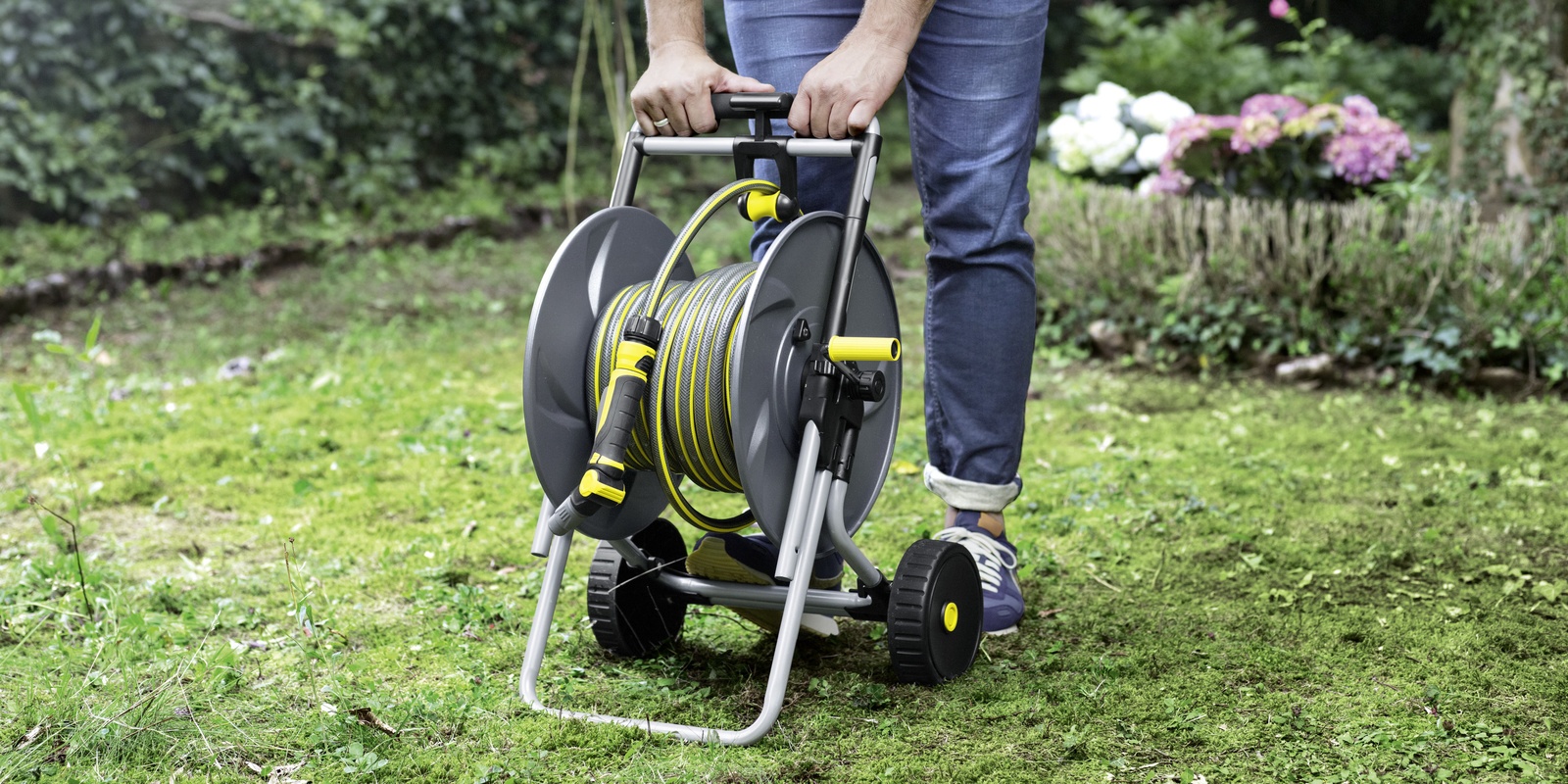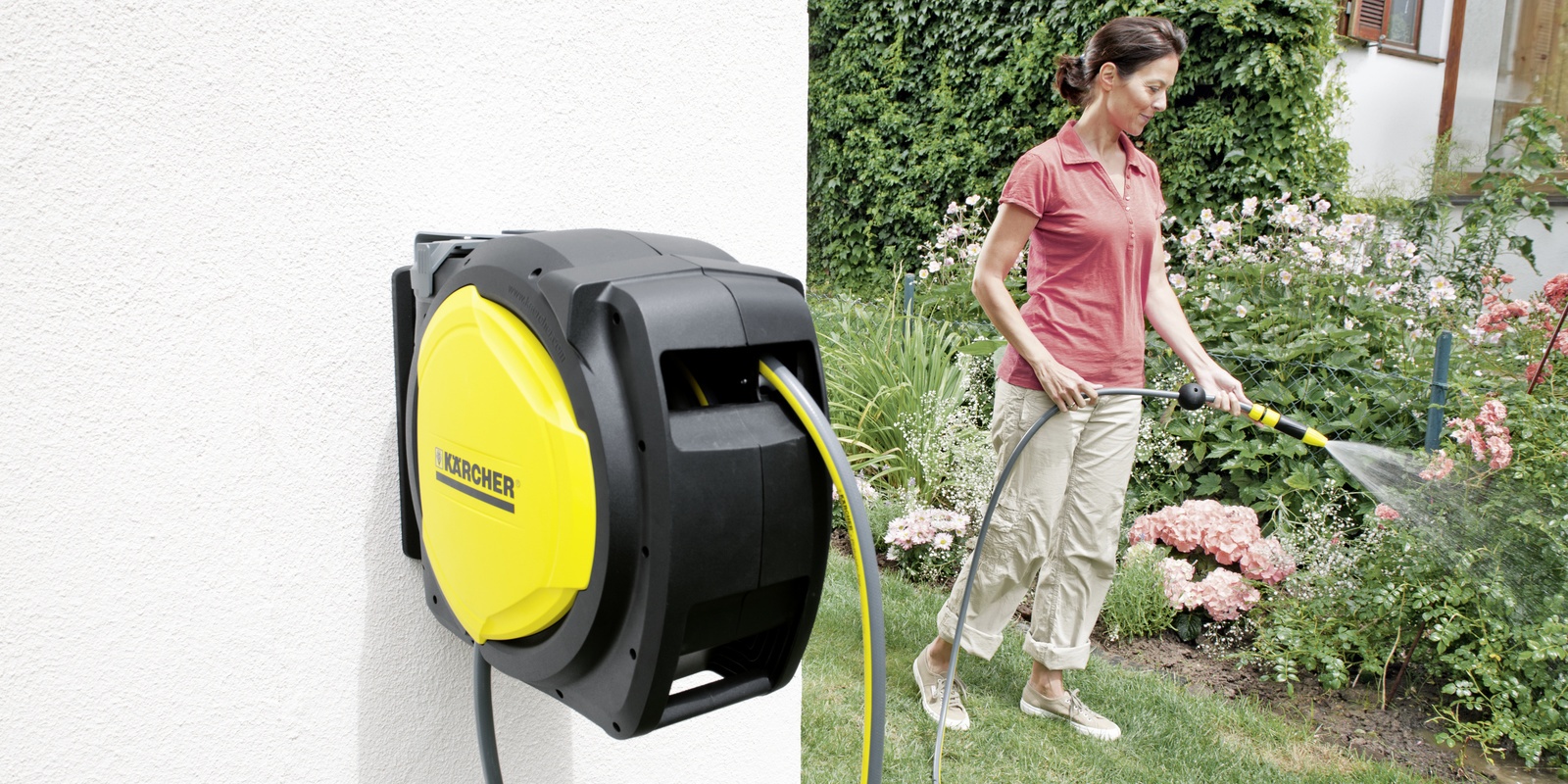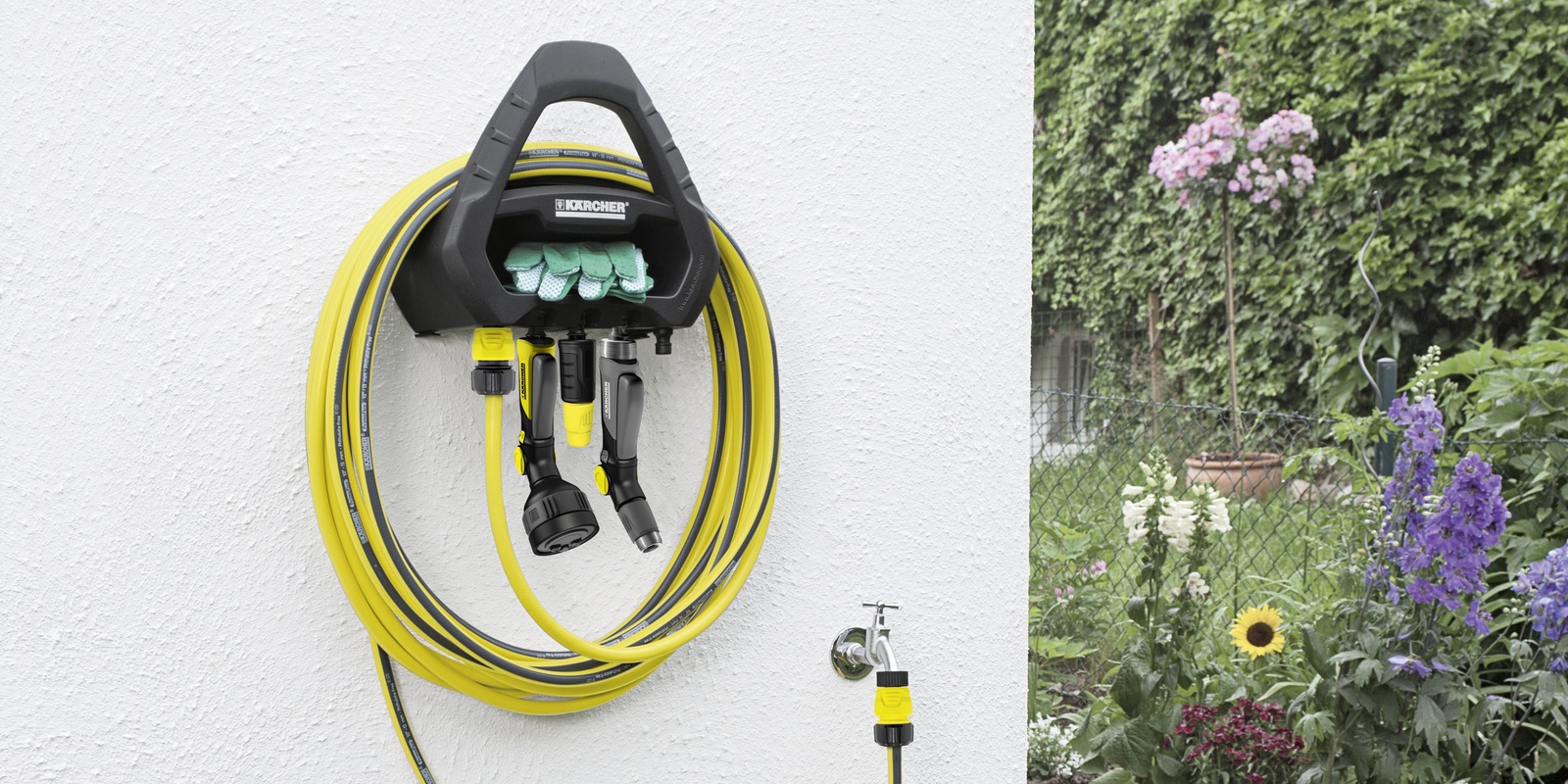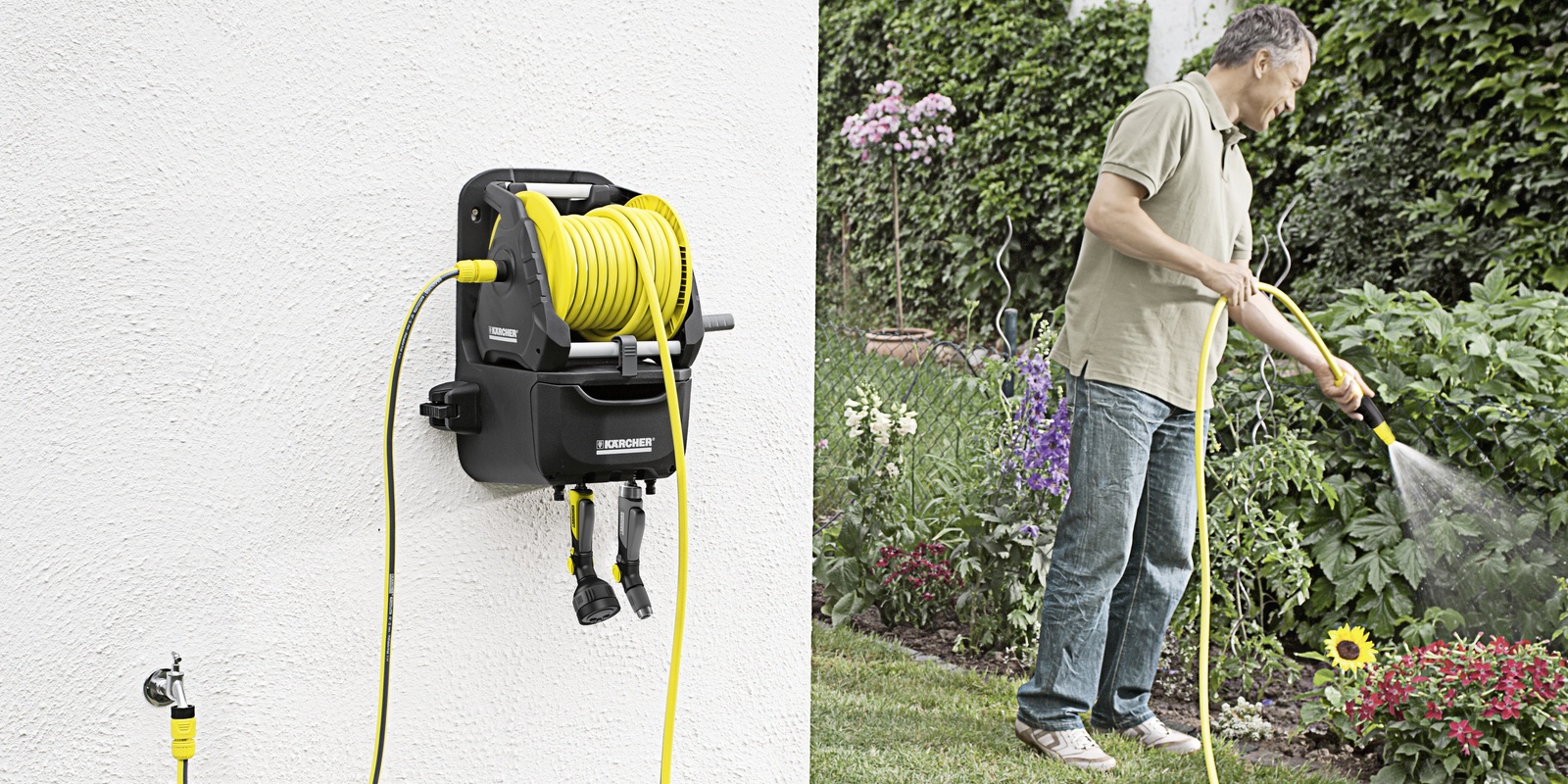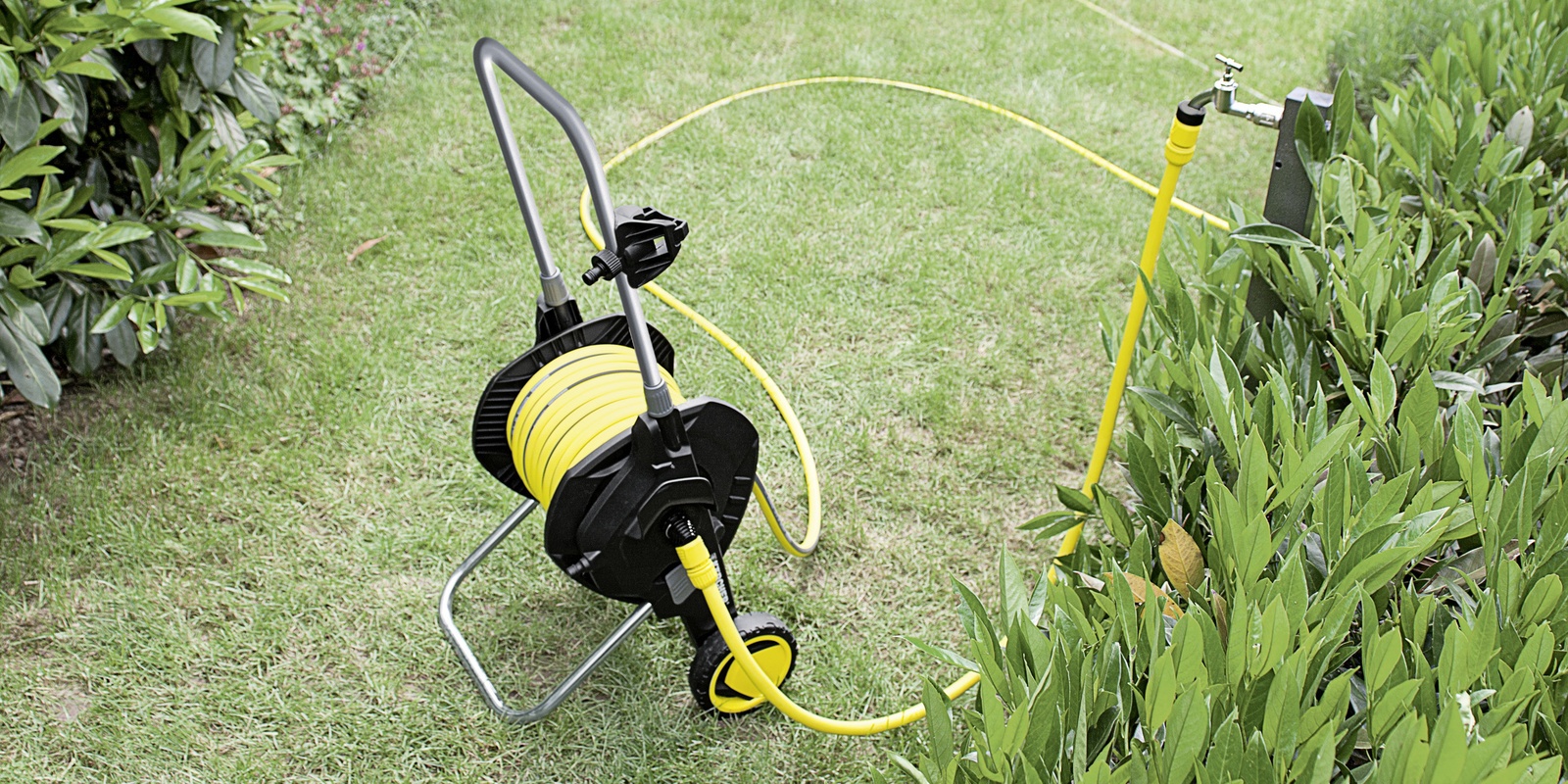WATER ON! DIY TIPS ON WATERING THE GARDEN
It is the height of summer. When temperatures climb to over 25 °C, not only humans need more water, but our plants in the garden do too. Especially when there is no rain on the horizon for days. Watering is a wonderful yet somewhat laborious task for garden enthusiasts. Using the right equipment makes watering easy and ensures that flowers, vegetable crops and shrubs make it through the warm summer season without any casualties.

Individually watering your garden in four steps
If watering plants, shrubs and the lawn in your garden with a watering can is not for you, you are spoilt for choice, because there are countless types of hoses, sprinklers, spray guns and pumps for you to choose from. But which piece of equipment will meet your personal requirements? And what should you look out for when using hoses, etc. for watering?
Generally, garden owners should ask themselves four questions:
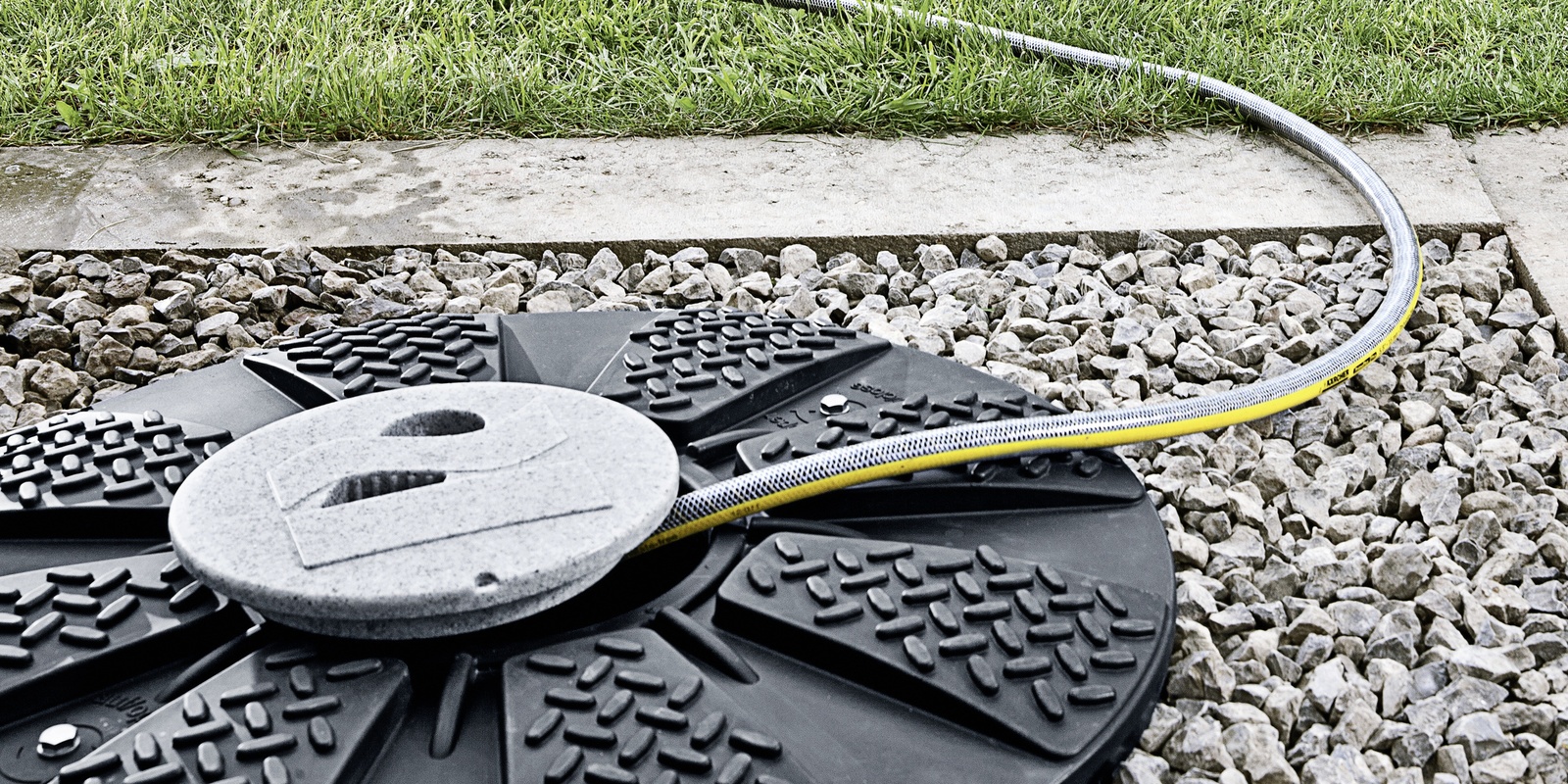
What source will be used for watering?
In principle, the water needed for watering for garden can come from numerous sources: Whether it is water from the tap, collected rain water from a butt or water from a cistern or well. It is worth using alternative sources in many ways, because tap water is precious and costly.
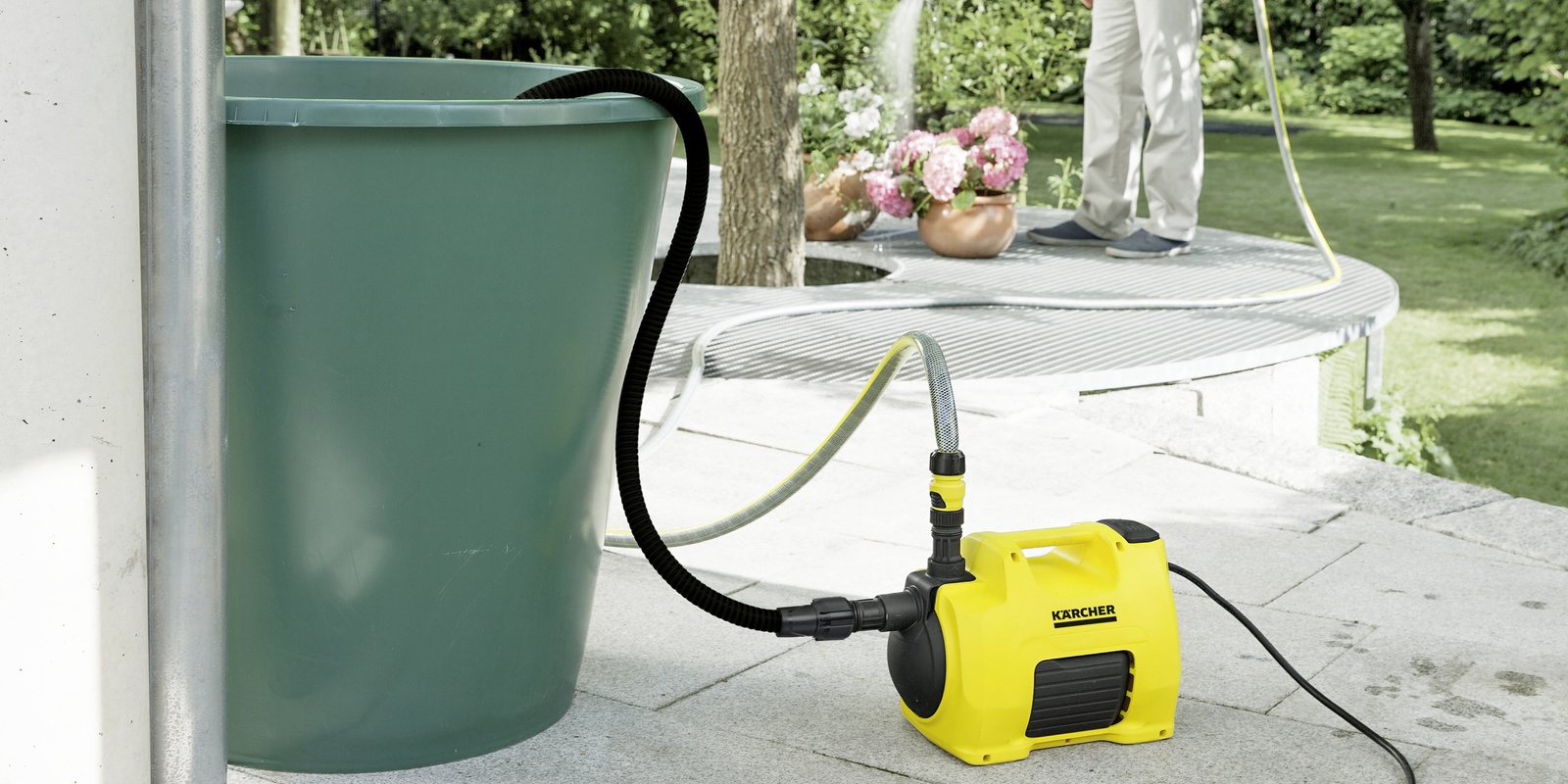
How will the water reach the consumer (sprinklers, etc.)?
In order to be able to use rain water from cisterns or water butts for watering, you will need a pump. A barrel pump fitted directly on the rim of a water butt would be a suitable option here. Alternatively, you can use a garden pump (booster pump) which can extract water from cisterns easily.
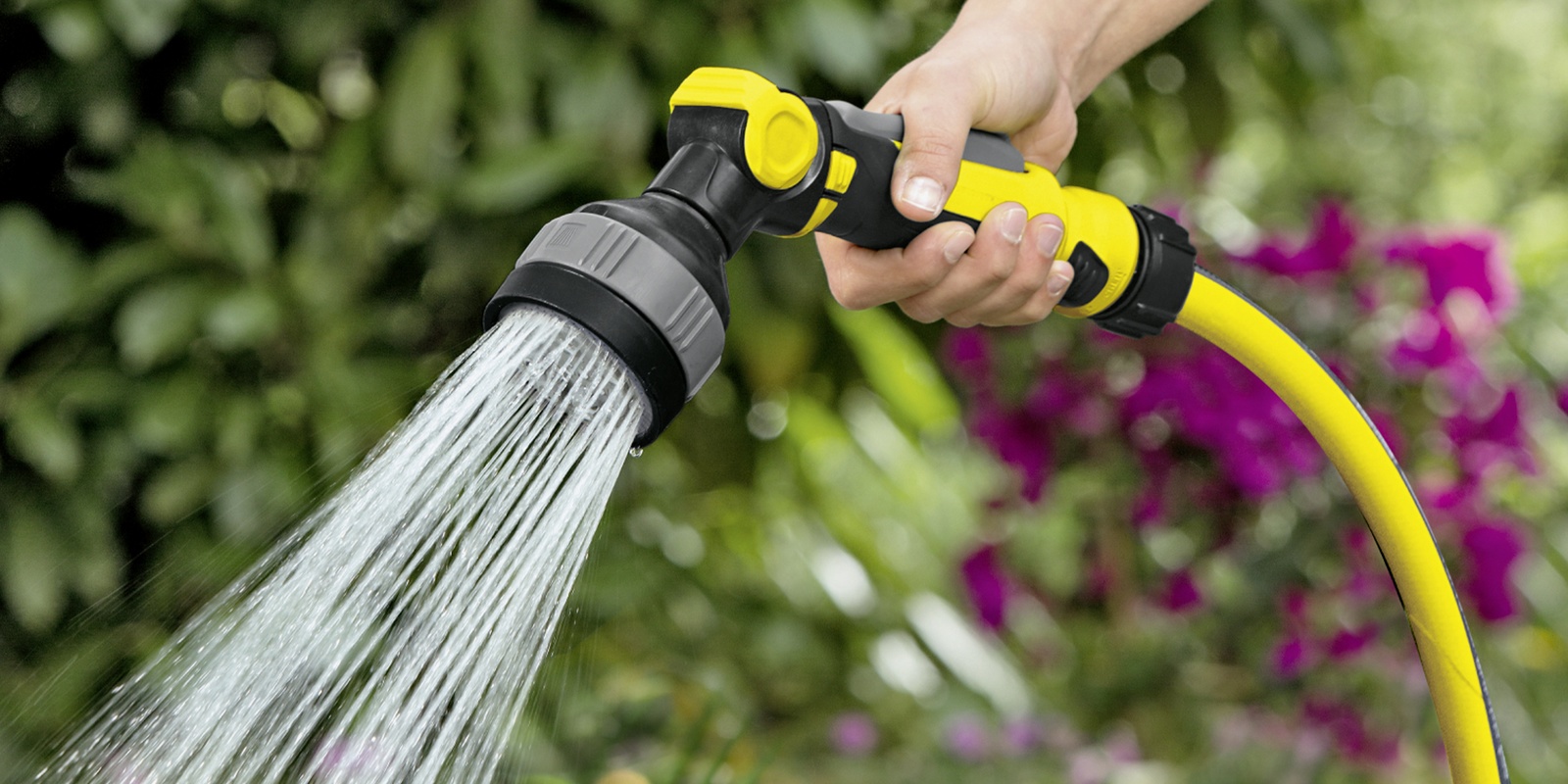
What will be used for watering?
You can use nozzles, spray lances and sprinklers to water plants. Depending on which model of nozzle and spray lance is used, you can regulate the volume of water and set up numerous spray types or spraying patterns. The shape of the lawn or beds should be taken into account when choosing a sprinkler (for example, rectangular, round or circular sprinklers).
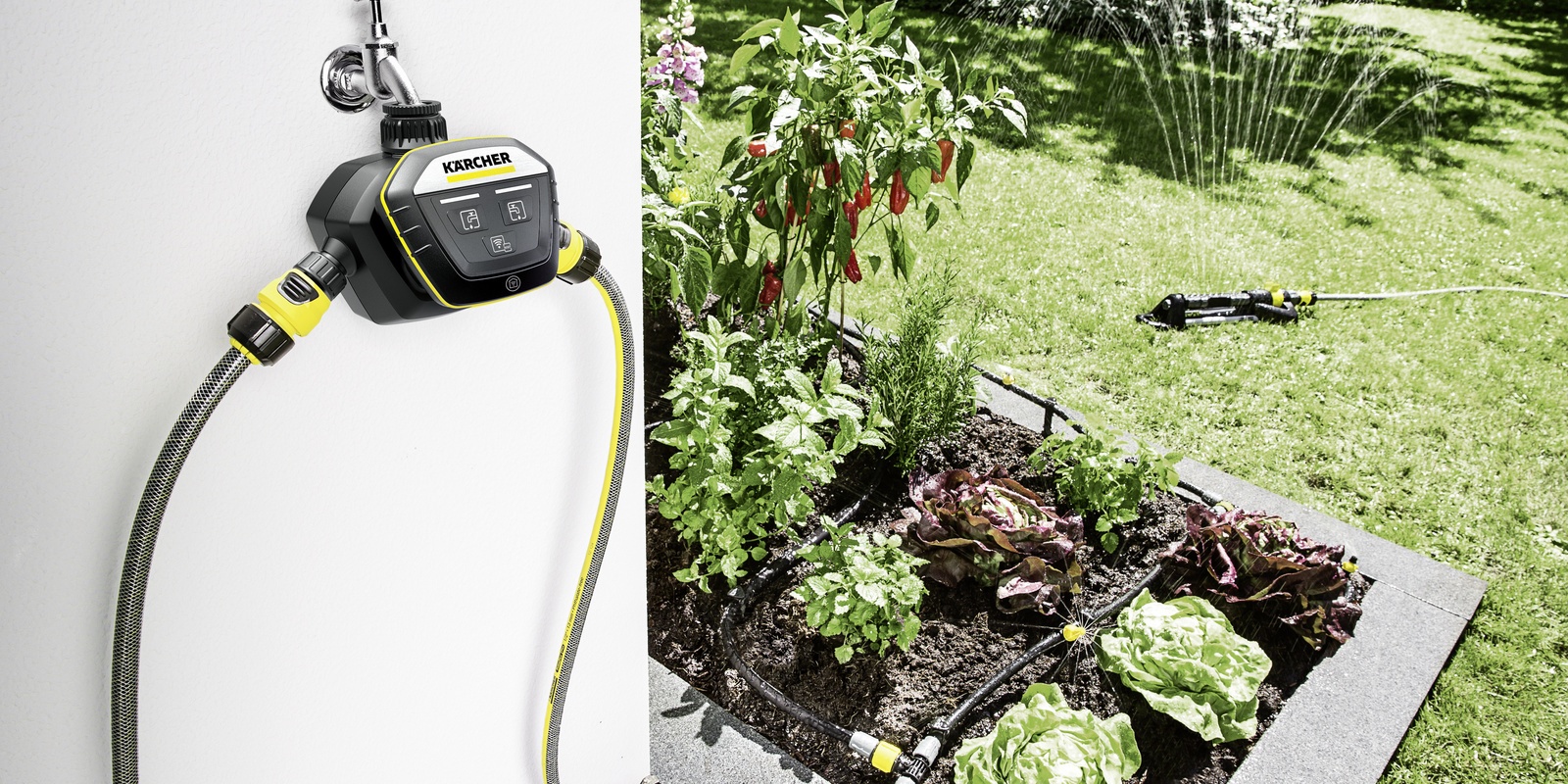
Will a control unit be used for watering?
You can control watering automatically and according to your plants' needs using water timers. Among other things, this way you can set when and on which days watering should begin and how long it should go on for. Using your smartphone or voice control with Amazon Alexa, if you prefer.
Finding the ideal hose
No hose, no watering. When selecting a suitable garden hose, numerous factors must be taken into account: The length and diameter of the hose as well as how it has been made. A length of 20 to 50 metres is standard. So that you choose the ideal model, you should – prior to purchase – measure how much ground the hose needs to cover from the water connection to the bed.
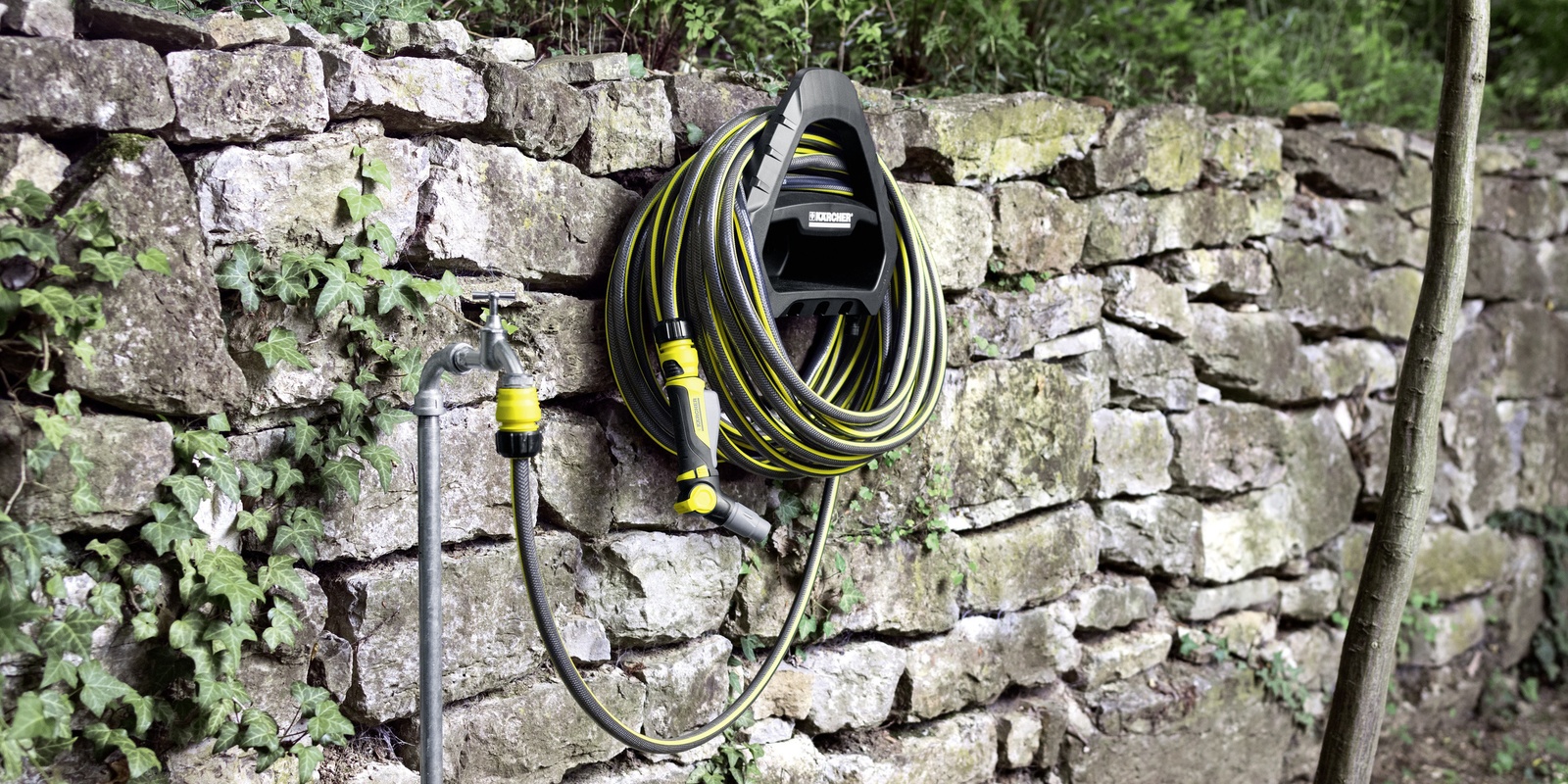
Garden hoses are available in various diameters. As a rule of thumb: The larger the diameter, the higher the flow rate (volume of water that can pass through the hose at any given time). A larger diameter also means more weight and therefore more difficult handling. Consequently, hoses with a smaller diameter (for example, ½") are recommended for almost all gardens – especially when you need to water the garden manually. However, those using numerous points of use, often at the same time, should pick a hose with a larger diameter (for example, ¾"). This also applies to hoses that will remain in the ground permanently.
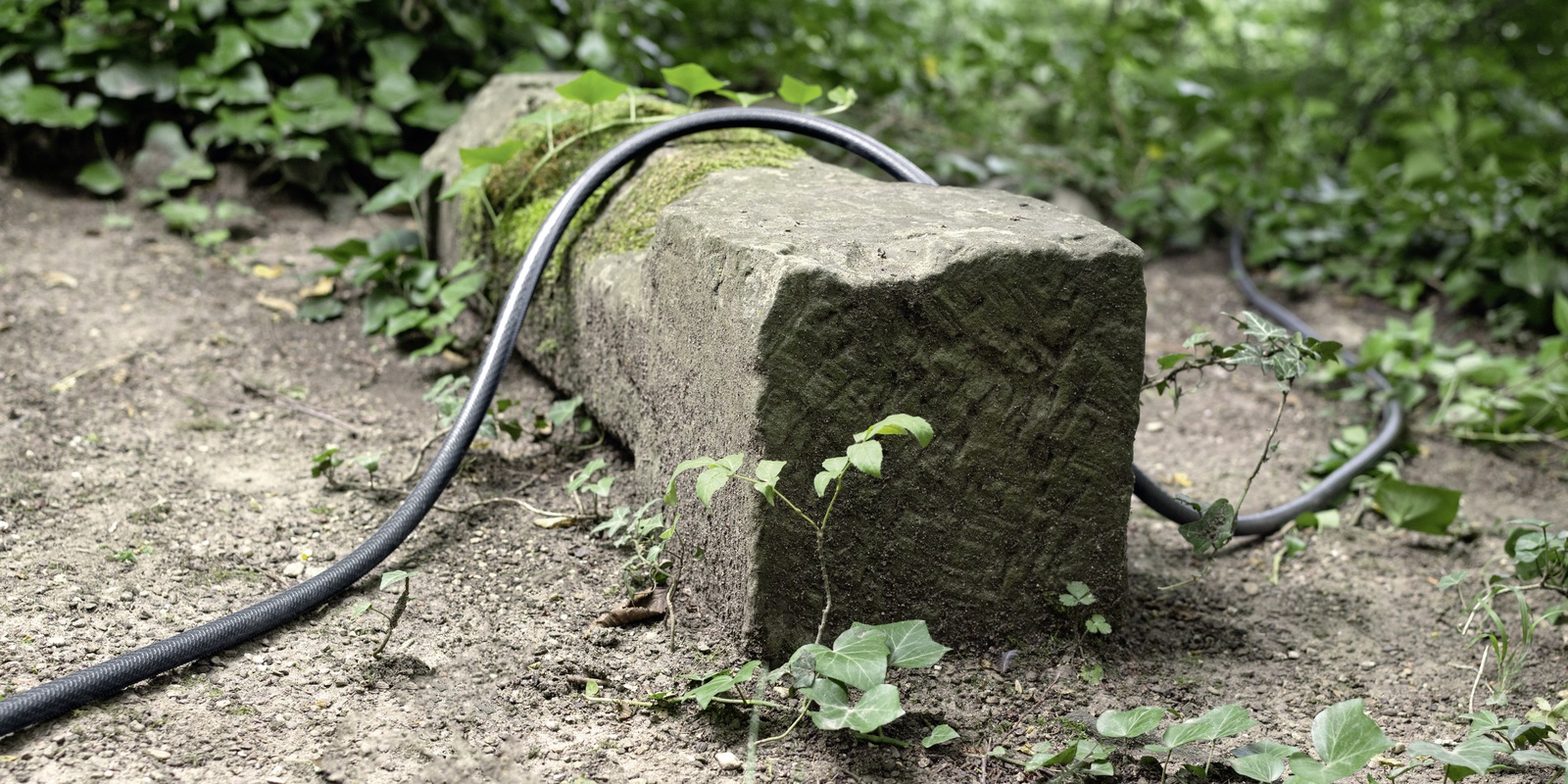
With regards to how hoses are made, they differ in feel, robustness, weather and temperature resistance, bursting pressure, kink resistance and torsion. Kärcher's three models, PrimoFlex, Performance Plus and Performance Premium, cover a wide range of requirements. The basic model, PrimoFlex, is robust, kink-resistant and temperature-resistant, whereas Performance Plus hoses are also very flexible thanks to their multi-layered woven material and have a good feel. Performance Premium hoses also feature anti-torsion technology, which makes it difficult for the hose to twist, therefore making handling much easier.
Note: Kärcher's hose connection systems (connectors) are compatible with all hoses regardless of make and model and fit hoses from ½" to ¾" in diameter.
When the watering is done: It's time to get organised
You should stow the watering equipment away neatly once you have finished working in the garden. Hose reels, boxes or fixtures on the walls of the house and mobile trolleys make quick work of this and ensure that everything is in the right place.
The dos and don'ts of watering
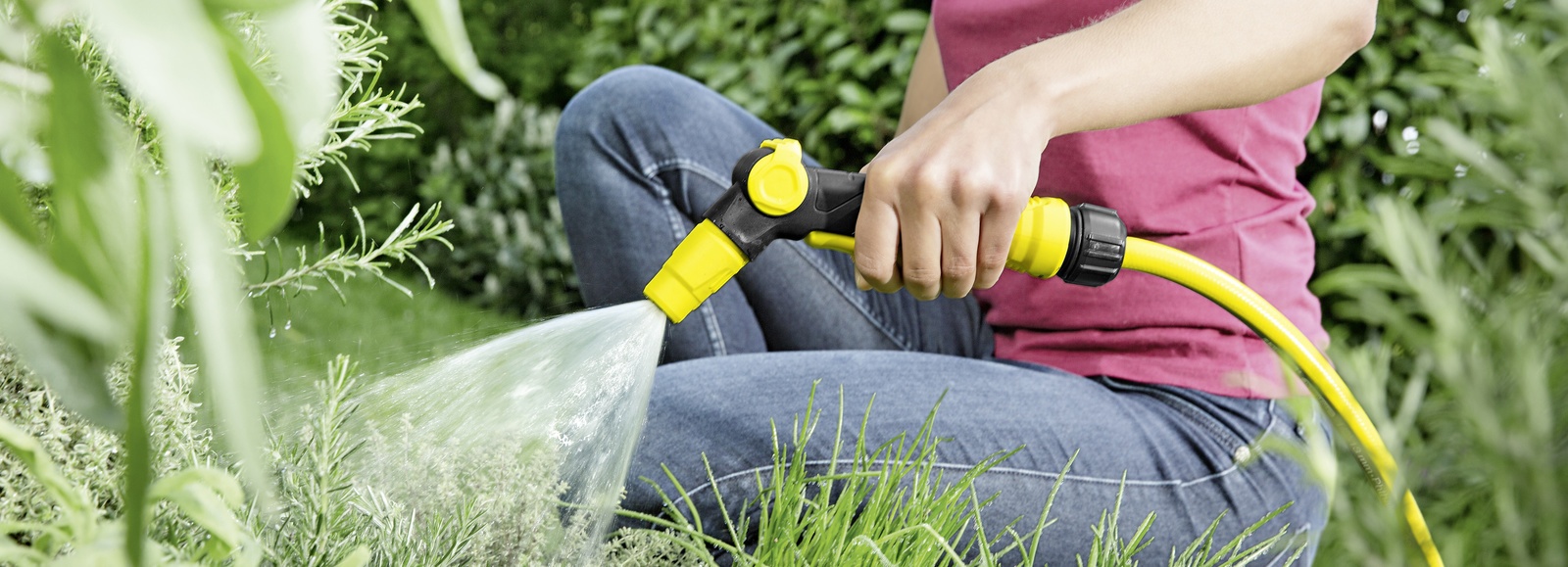
Water plants in the morning. The best time for watering the garden is in the morning/before midday. Water can seep into the ground slowly when temperatures are still low and plants can absorb it in the midday heat – which is when they need it most.
Water plants close to the ground. Watering plants from the top is quicker, but most plants are unforgiving of this – flowering plants and vegetables in particular prefer being watered close to the ground. Plants with dense foliage, such as roses, will often develop fungal diseases when leaves do not dry quickly enough.
Occasional, yet plenty. When it comes to watering, the name of the game is: More water instead of more often. If watering occasionally, yet always generously, water can seep deeper into the soil. This encourages plants to develop longer roots, which helps them overcome dry spells better.
Recognise plant requirements. In order to develop a feel for how much water a plant needs, you often only need to take a look at its leaves: Numerous thin and soft leaves indicate a high demand for water. Plants with thick, hard or hairy leaves require less water.
Keep an eye on the soil. How often you need to water plants depends on the type of soil you have in your garden, in particular: Clay soil stores a lot of water, for example, and therefore only needs occasional watering. Sandy soil can hardly store any water, which makes frequent watering a must.
Avoid using very cold water. Cold tap water causes stress for most plants. Using stagnant water that has been heated by the sun is a better option. From a water butt, for example. Yet tap water itself is not damaging to most plants – except for when it is extremely calcareous.

